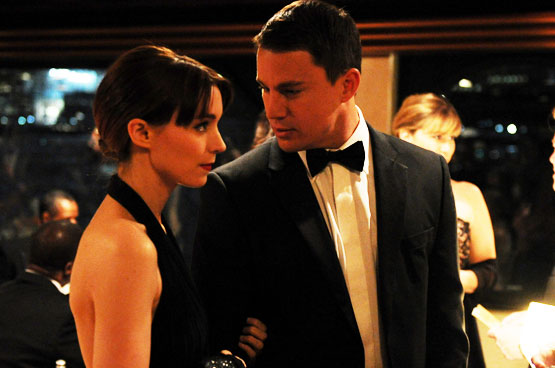Standing out to be a true illustration of the power of storytelling and the art of beautiful visuals, Wes Anderson’s “The Grand Budapest Hotel” is a film that deserves more than a casual watch. It is an exquisite work of art, a creation that weaves together visual splendor, intricate narrative, and an ensemble cast, each equally splendid in emoting the quirky features of their characters.
“The Grand Budapest Hotel” is built via layers of stories, narrated through different time periods. The movie begins with a girl reading a book written by an author (Tom Wilkinson) who narrates his younger self’s (Jude Law) encounter with Mr. Mustafa (F. Murray Abraham). Mustafa, the owner of the near-dilapidated Grand Budapest Hotel, then takes us onto the tale of the hotel’s prime days and its quirky concierge Monsieur Gustave H (played flamboyantly by Ralph Fiennes) – a story within a story within another story.
The entire visual element of the film is an enchanting display of color palette indulgence, carefully put together theatrical setups, and detailed cinematography that personifies Wes Anderson’s trademark style. The symmetric shots, the unique color combinations, and the creative use of miniatures lend a storybook-like feel to the movie, which impeccably aligns with the layered-storytelling method.
Underneath its stunning aesthetics, the film is a loving tribute to the vanishing class and elegance of old Europe, symbolized by both Gustave H and the titular Grand Budapest Hotel itself. Gustave H, flawlessly portrayed by Ralph Fiennes in a rare comedic role, is a man of charm and grace, full of flamboyance yet depth, adhering strictly to the principles of an era gone by. His relentless attempt to maintain his character and the hotel’s grandeur against the assault of fascism and war offers a poignant touch amidst all the surreal comedy and narrative complexity.
The film’s humor draws most agreeably from the interactions and outstanding performances of its ensemble cast. Adrian Brody as the villainous Dmitri, Willem Dafoe as the terrifying henchman Jopling, Tony Revolori as the young lobby boy Zero, and Saoirse Ronan as Zero’s love-interest Agatha – they all bring significant weight to the plotline, creating moments of mirth and emotion.
However, the real magic of “The Grand Budapest Hotel” lies in its open and unobtrusive way of inviting viewers into its narrative. The film never forces any of its characters or elements on the audience. Rather, it slyly attracts us towards the charm of Gustave, the innocence of Zero, the beauty of Agatha, the ruthlessness of Dmitri, and the immensity of the Grand Budapest.
Wes Anderson’s omnipresent attention to detail is strikingly obvious throughout the film. Be it in the crafted dialogues that perfectly blend wit and irony, the ‘period’ production design done by Adam Stockhausen, or the compelling background score by Alexandre Desplat, each detail, each stroke is meticulously added to make the Grand Budapest visible and enjoyable.
The end of the movie, however, slides in a shadow of melancholy, leaving the audience to dwell upon the feeling of loss; the loss of characters, the loss of grandeur and most importantly, the transiency of time. This subtle twist from light-heartedness to a poignant finale, is beautifully and thoughtfully executed, making the film an experience rather than just a viewing.
To sum up, “The Grand Budapest Hotel” is a visually elaborate and narratively rich cinematic performance, masterfully done and brimming with a captivating charm. It is a quintessential Wes Anderson creation – a delightful confluence of color, camera and character, a true tribute to storytelling and the art of visual rendition. Its narrative complexity and visual panache combined make the movie a masterpiece that resonates with the viewer long after the credits roll. A cinematic experience that you cannot miss, a visage that is hard to forget.




